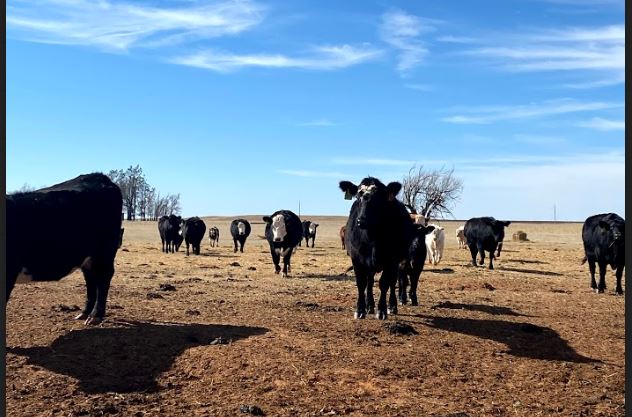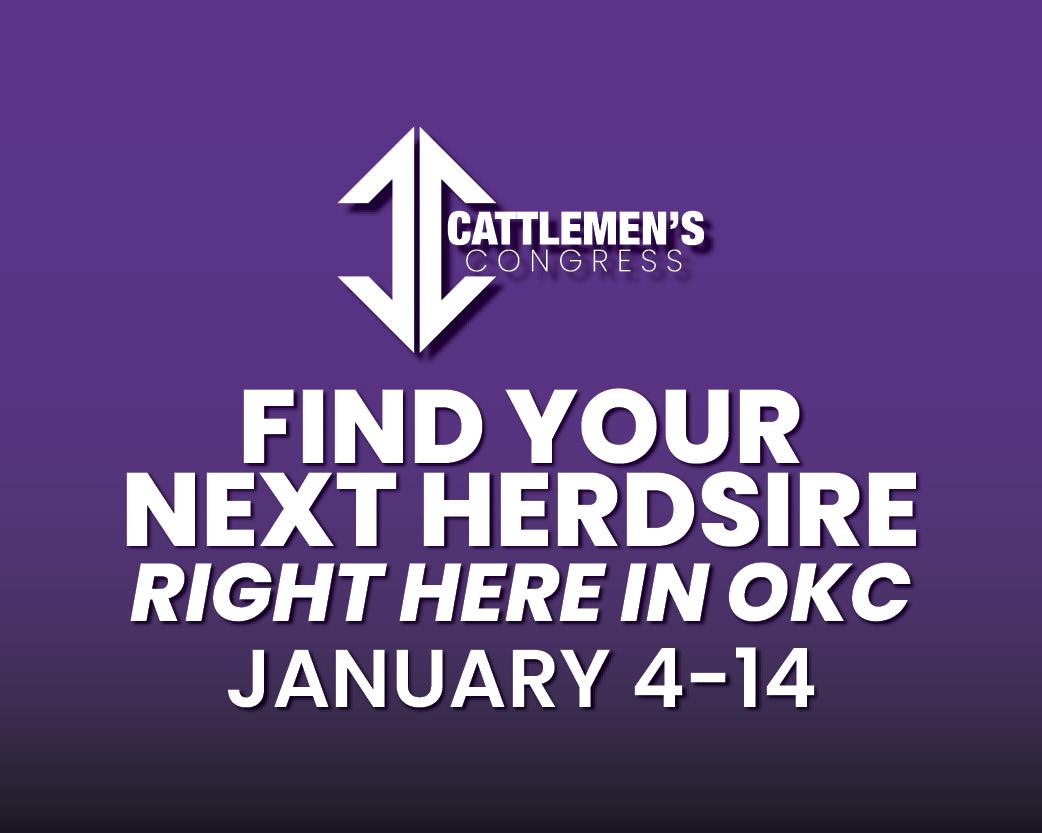
Weekly, Oklahoma State University Extension Beef Cattle Nutrition Specialist Paul Beck offers his expertise on the beef cattle industry. This is part of the weekly series known as the “Cow Calf Corner,” published electronically by Dr. Derrell Peel, Mark Johnson, and Beck. Today, he talks about Matching Your Summer Stocker Supplementation Program to Production and Marketing Goals.
The beef industry is often described in segments—calves start on the ranch, many go through a stocker or backgrounding phase, and then enter the feedlot. But what happens early in a calf’s life doesn’t just stay there. Health, nutrition, and management decisions made before weaning or during grazing ripple forward, shaping feedlot performance, carcass quality, and ultimately consumer demand.
A recent Applied Animal Science Special Issue highlighted how pre-weaning and stocker management affect cattle performance later in the feeding phase and at harvest (DOI: 10.15232/aas.2025-02716). Here are a few key takeaways:
Health Matters Most.
Bovine respiratory disease (BRD) is still one of the costliest health challenges. Calves treated for BRD during receiving gained less on pasture, entered the feedlot lighter, and finished with lower carcass weights. They didn’t “catch up” later, showing the value of preventing sickness.
Nutrition Has Mixed Carryover.
Research showed limited long-term impacts of cow or stocker nutrition. Winter supplementation of cows did not consistently affect later calf performance. Distillers grains boosted gains on pasture, but advantages disappeared in the feedlot. Beef × dairy crosses responded to higher early-life nutrition with better growth and marbling, but compensatory gains were mostly confined to early finishing.
Management Leaves a Mark.
Calves weaned with low-stress methods or grown as yearlings tended to produce heavier carcasses with better quality grades than those shipped directly to the feedlot. Weaning strategy, grazing management, stocking rate, and calving season all influenced growth and carcass outcomes, though results were sometimes inconsistent.
What This Means for Producers
The most consistent message is that healthy, well-managed calves perform better all the way through the beef system. Preventing BRD, castrating before marketing, and using low-stress weaning methods are management decisions that continue paying off beyond the ranch gate. Nutrition programs support short-term growth but don’t always carry over into finishing.
Early management decisions echo throughout the beef production chain. Keeping calves healthy and reducing stress is the surest way to add value in every segment.


















